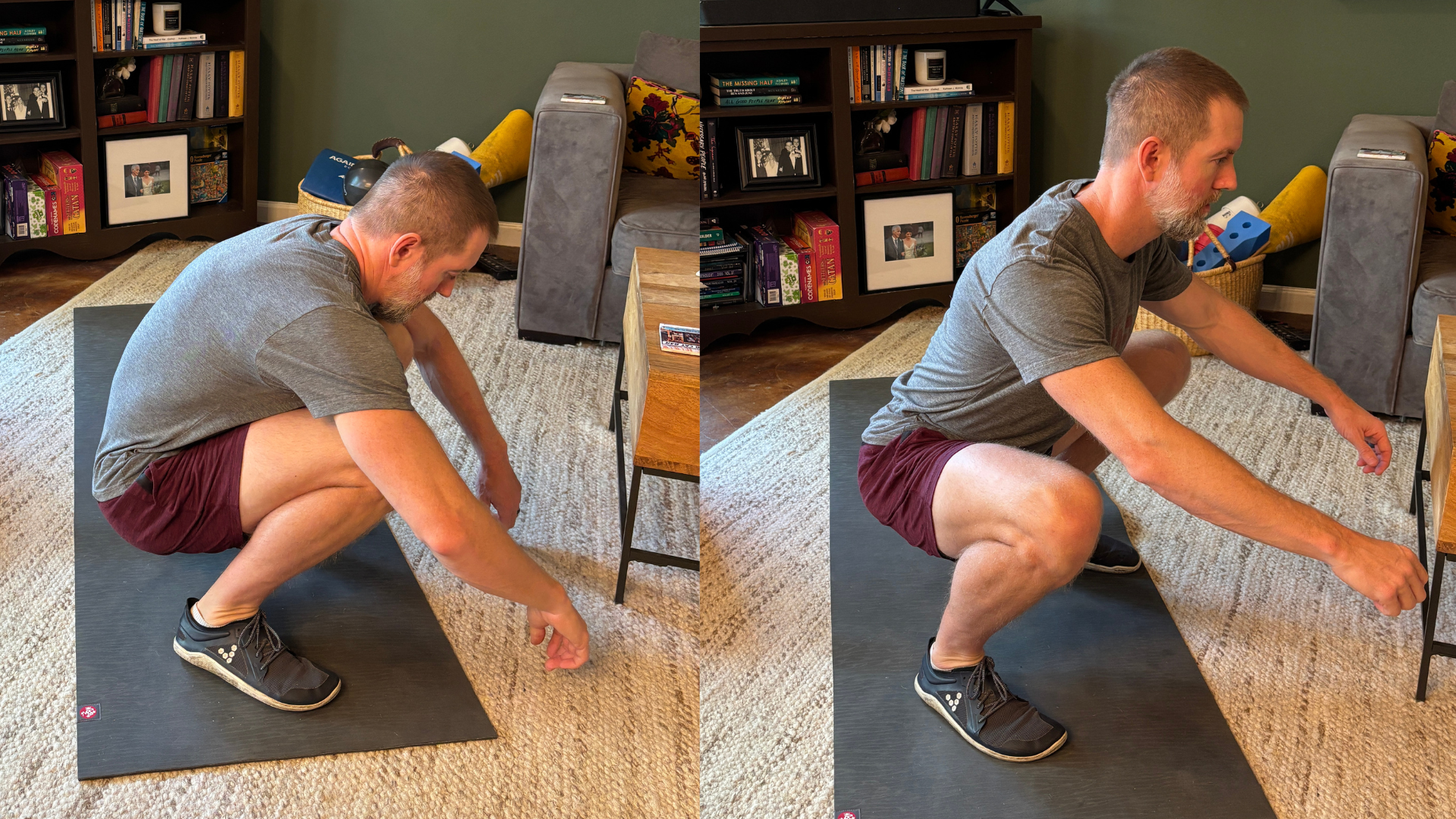SMART Goals
Written By Kelly Dodds
We are all aware of some habits we have that may not be doing us any favors– or may actually be detrimental to our health and wellbeing. Likewise, we often know things that we “should be doing,” but can’t seem to make ourselves do them. This month's challenge is to identify a current habit that you’d like to change, and/or form a new healthy habit that you know you would benefit from implementing. Then, make a SMART goal, an action plan, and take consistent steps towards forming this new habit [you can set up some free 1-on-1 time (5-10 mins) with coach Kelly to help with this process].
Habits are behaviors that we perform on a regular basis, and often don’t require too much effort or thought since we are familiar with them. However, when we are trying to form new habits, it takes much more effort to perform these new behaviors. Our brain uses ~20% of our total energy expenditure each day, and requires extra energy to learn and perform new behaviors– which is one reason it can feel difficult to perform new behaviors vs. when we perform on “autopilot.” The good news is that with practice (frequent repetitions over time), these new behaviors will turn into habits. Neuroscience research shows that new behaviors can become habits in roughly 2-3 months by “rewiring” our brains, though this time can vary depending on each individual and the difficulty of the new behavior. The more repetition, consistency, and feeling of reward from these new behaviors, the more hardwired these habits will become.
We are all goal-oriented, so being aware of our goals is key to understanding our behavior and how to modify it. When changing or implementing a new behavior, we are able to achieve our goals more effectively by making SMART goals. SMART stands for: Specific, Measurable, Attainable, Relevant, and has a Time-frame. SMART goals allow us to know exactly what we are trying to achieve and when we’ve achieved it. When setting a goal, include as many details as possible to allow you to focus your efforts better (Specific, Measurable), and give yourself a deadline to make sure you’re putting in enough effort to reach your goal (Time-frame). You want your goal to be challenging enough that it requires you to make an adaptation by rewiring your neural pathways, but make sure it is attainable– unattainable goals set us up for failure from the beginning.
Let’s say you are currently working out 10 times per month, but you want to make a habit of going to the gym more frequently to reach your bigger goals. An example of a SMART goal could be: I will go to the gym 16 times per month until Sept 30 (remember, habits take repetition, consistency, and time to form). This is specific, measurable, attainable, relevant, and has a time-frame. However, an action plan consisting of smaller (daily/weekly) goals would be very useful to ensure going to the gym 4+ days per week becomes a consistent habit. An action plan can include planning the days/time you are going to go to the gym that doesn’t conflict with your schedule, not canceling your gym plans for non-urgent conflicts that come up, making sure you have gym clothes ready and packed if you are going to the gym before/after work, and planning out meals so hunger doesn’t interfere with your plans.
Also, adding “cues,” pairing new behaviors with old habits, minimizing “roadblocks,” or combining actions with something rewarding will help the habit-forming process as well. Cues are things that prompt a specific behavior. Adding a cue could be setting an alarm on your phone to remind you to head to the gym or seeing your gym clothes sitting on your passenger seat. Piggybacking or replacing new behaviors with old habits can be helpful cues as well. For instance, if you typically head straight home after work, making a habit of going to the gym on your way home from work instead of going home first may prevent you from getting distracted and off-course; or maybe when you wake up and brush your teeth every day, that then prompts you to head to the gym. Another important part of action planning is to identify and minimize roadblocks that can get in the way of carrying out your goal. It’s ideal to find the easiest way to incorporate your new behaviors into your existing schedule. Finally, using a reward, such as a 2nd cup of coffee after finishing your morning workout or watching a couple episodes of a fave Netflix show on days you go to the gym, will fast track new behaviors into habits. I wouldn’t recommend rewarding yourself with “unhealthy” food– food is rewarding, but this can lead to unfavorable eating patterns… However, acknowledging (celebrating) your accomplishments when tackling a challenge, sticking with your action plan, and achieving your goals is well-deserved! Be proud!
Forming new behaviors does require effort and consistency, which is challenging - but challenge is necessary for growth, improvement, and adaptation so that we can optimize our lives and be more resilient to unforeseen challenges. However, we also want to set ourselves up for success by having an action plan that makes reaching our goals as easy and rewarding as possible.
Take Action:
Identify a habit you want to change or a new habit you want to implement
If you are trying to change or stop a current habit, check out last months WOMM article on Breaking Bad Habits.
Make a SMART goal to change or implement this new behavior
Make an action plan (consisting of smaller actionable goals)
Identify and add cues - pair your new behavior with an old habit or set reminders
Identify and remove roadblocks
Reward your effort - pair your new behavior with something rewarding and feel proud that you accomplished something challenging that is good for your future
Interested in more nutrition information! Regardless of whether your goal is performance or fat loss, check out MovementLink’s full article series here: Lifestyle and Fat-loss Protocols.









